Scientists, sticks needles into the brain, thinking about what the needles do to the brain
 Source:
Source:
Research in the field of neurobiology is surprisingly brutal — much of what we learned about the brain, we learned, simply by opening the body and poking it with anything. The lesson is definitely not for the squeamish. The best tool for this? Most often it is the electrodes — probes in the form of needles which are injected into the brain. Scientists use electrodes to measure the behavior of individual cells of the brain, giving people control their prosthetic limbs or developing new technologies that directly interact with the brain. However, the question remains: is it secure at all?
Recently in the Journal of Neural Engineering published an article on the feasibility of using electrodes in the brain research. In it, the neuroscientists say that the study of the brain by means of neural electrodes can cause a lot of problems. Some of these problems are relatively simple and can be solved by improving the technology. For example, the surface of the electrodes which comes into contact with the brain, activates and records the activity of the brain, may break or slip off, especially in the patient's consciousness.
This leads to incorrect records; leaky electrode will produce a signal cell that is not active or issue a weaker signal than it actually is. Since we can't always say why (or even if) this happens, scientists may be difficult to explain or to support their findings.
But the biggest problem faced by the team, due to the fact that we really know very little about the brain. In particular, we know little about how the brain cells respond to contact with the electrode, and its impact. Neuroscientists have performed many experiments to study the brain cells that they have killed or damaged when inserting the electrode.
Solutions are, in fact, not so much. The article proposes to focus on areas of the visual cortex. Scientists would know if they studied cells if the object of their research will look at the image and observe the response of the cells.
But even in this case, the scientists came to the conclusion that our technology has come to the limits of what we actually know about the brain. So neuroscientists have been able to gain confidence in their experimental results, they will have to invest in solving the basic issues of how brains react to the electrodes, and other technological intervention.
Recommended
The coronavirus has mutated into 30 new strains
While coronavirus Apocalypse slowly but inevitably becomes routine, the virus SARS-CoV-2 continues to evolve. And, unfortunately, he was good at it. Writes , with reference to the South China Morning Post reports that new studies show that the virus ...
In the United States recognized that the ventilator dies 88% of patients with coronavirus
When the world is raging coronavirus that causes pneumonia and kills people, the only solution is intensive care. If this is not done, the victims will be very much. Today for severe patients there is only one solution — connected to the appara...
Can a transfusion of blood plasma to cure the coronavirus?
Typically, vaccination involves the introduction into the organism of the weakened or killed microorganisms (viruses) designed to create a strong immunity to possible future infectious diseases — that is, for selection of antibodies. But what i...
Related News
India will collect a DNA database of its citizens in the blockchain
last month the government of Andhra Pradesh announced a partnership with German company working in genomics and precision medicine, Shivom. With its help, like they do in Dubai and Estonia, hoping to create a database that will he...
Without needles: created "smart" patch for the analysis of glucose in the blood
Scientists from the British University of Bath has developed an adhesive skin patch that measures glucose levels in the body without blood sampling. For the analysis of the gadget uses interstitial fluid that washes the cells in t...
Biologists were able to include "repair DNA" in tumor cells
As you know, cancer cells are, in fact, the cells of our body that for one reason or another "went crazy" and began to divide uncontrollably. In these cells, among other things, broken DNA, and many drugs affect it. But a group of...
Bacteria have found a new kind of memory
Bacteria, despite its fairly simple device, causing a lot of troubles to the person. For example, so unloved doctors Pseudomonas aeruginosa pseudomonas aeruginosa is a very dangerous source of nosocomial infections because of its ...
Neuralink Elon musk is building a laboratory for animal testing
Nanotehnologicheskih Neuralink a startup created by Elon Musk (read ), filed a request for a building permit for biological testing laboratories at the facility in San Francisco. Documentation compiled in 2017, managed to get to G...
Implantation of the pigment layer of the retina have helped to preserve vision
the disease, which in varying degrees, threaten human life is one of the priority directions of modern medicine. But modern technology is now able not only to cure the patient of any ailments but also to regain the properties of t...
Tomsk scientists create app to decrypt the medical tests
How often have you had to observe such picture: the doctor gives the test results of your health, and there are some numbers, symbols and generally little understood. Of course, there is the line "conclusion," but the physician's ...
They will kill you to save the brain: explain the scientific language of design Nectome
recently we stumbled . Don't hear every day. The startup, created with the support of the Massachusetts Institute of technology, $ 10,000 will retain your brain at the level of synapses. Already in this century, as the company pro...
Nicotinamide ribozid can become the "anti-aging pill"
Scientists have long suspected that calorie restriction can eliminate the physiological signs of aging. Research on fruit flies, round worms, rodents and even humans EN masse have shown that reducing consumed calories by about a t...
The art of kirigami inspired scientists to create innovative patch
Kirigami is the Japanese art of making paper of different figurines and greeting cards using ordinary scissors. Who would have thought that it will inspire researchers from the Massachusetts Institute of technology for the creatio...
Freezing nerves will help you to overcome obesity
Excess weight in recent years has become a huge problem around the globe. But not always for his correction will help a normal diet. And then can help scientists who are developing new technologies to help people. For example, not...
Electrodes in the brain: is it possible to treat obesity?
Anna suffered from depression most of my adult life and have tried different methods of treatment of your condition. She was taking antidepressants, had therapy and even agreed to electroconvulsive therapy – when passed through th...
Artificial intelligence found 6,000 new viruses
Humanity, there are several thousand different viruses, and are regularly discovered new (including dangerous to humans). However, artificial intelligence was able to find as many as 6,000 previously unknown viruses. And he found ...
Scientists are developing a synthetic vaccine in tablets
Vaccination is one of the most effective methods to strengthen the immune system (as if the opponents tried to prove the opposite). However, the procedure of vaccination with the use of injections did not change over a century and...
The divers break the laws of science, and we don't understand how they do it
the Divers can dive at great depth under water (the current record is 214 meters) without breathing apparatus. Champions can hold his breath for a very long time, a record among women — nine minutes, among men — eleven. Scholars a...
Human stem cells are returned to the monkeys the ability to grab objects
stem cell Therapy is very appealing in its intuitive simplicity: you clean the damaged cells trigger instead a gang of healthy, sit back and wait until the body will not should repair itself. In the case of spinal cord injury the ...
Genetic engineering will bring sight to the blind people
today it is possible to correct almost any vision from nearsightedness and farsightedness to amblyopia. But what if the vision was gone completely? Russian scientists claim that the case is not hopeless and help to the person can ...
In "SKOLKOVO" developed the first domestic device to decode the genome
the genome project required not only for research and study of genetic mutations, but in so-called personalized medicine. Is a field of science focused on the prevention of pathological processes, diagnosis and treatment based on ...
Chinese scientists have developed nanorobots that could fight cancer
Scientists from the China center of nanoscience and technology say they have managed to create and test the world's first Autonomous DNA nanorobots, capable of confronting malignant tumors. Each nanorobot is very small and cannot ...
Scientists are questioning the existing classification of diabetes mellitus
diabetes mellitus is one of the most common and almost incurable diseases today. And as you know, doctors have identified 2 types of this condition. However, according to a recent study conducted by scientists from the Swedish Lun...


















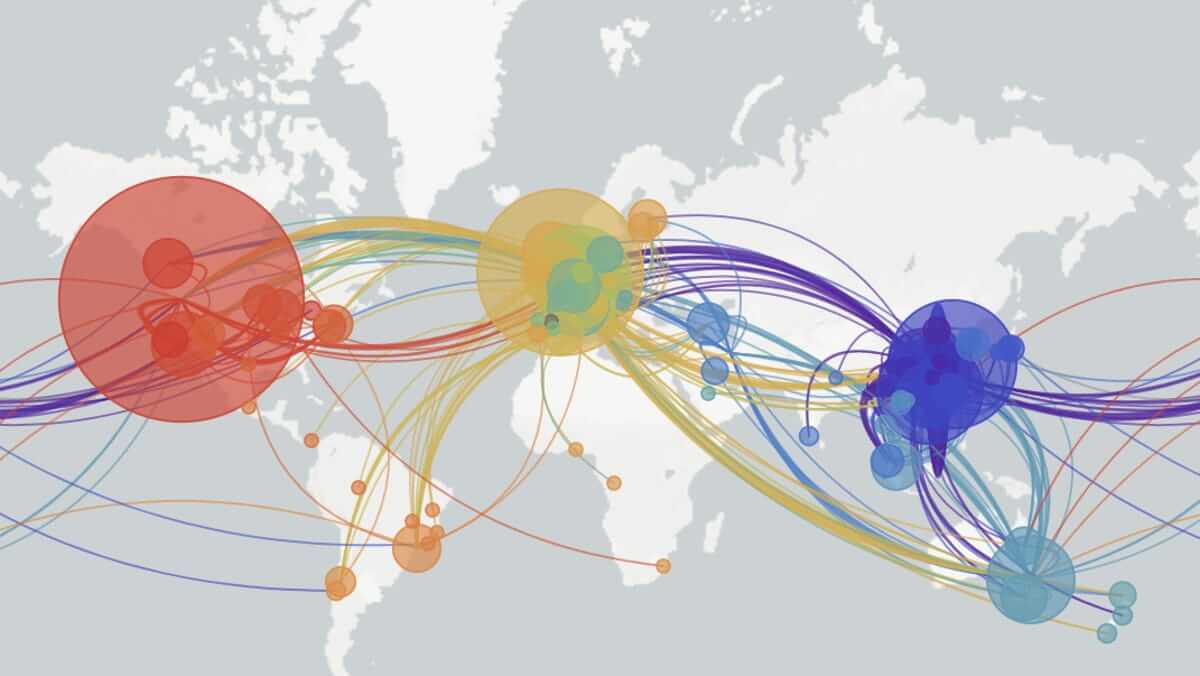
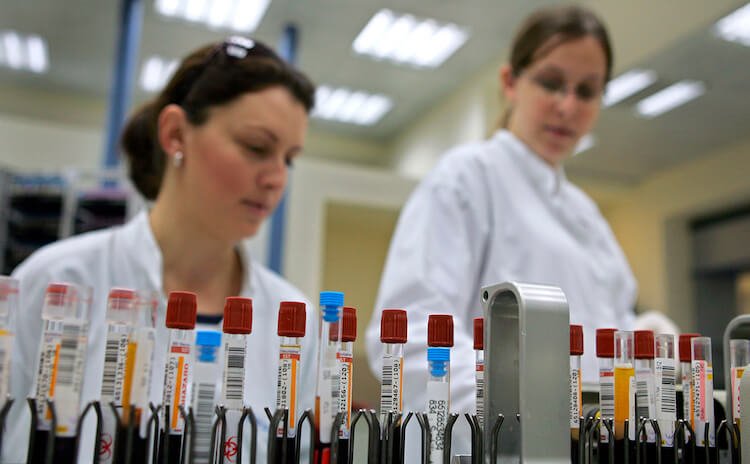
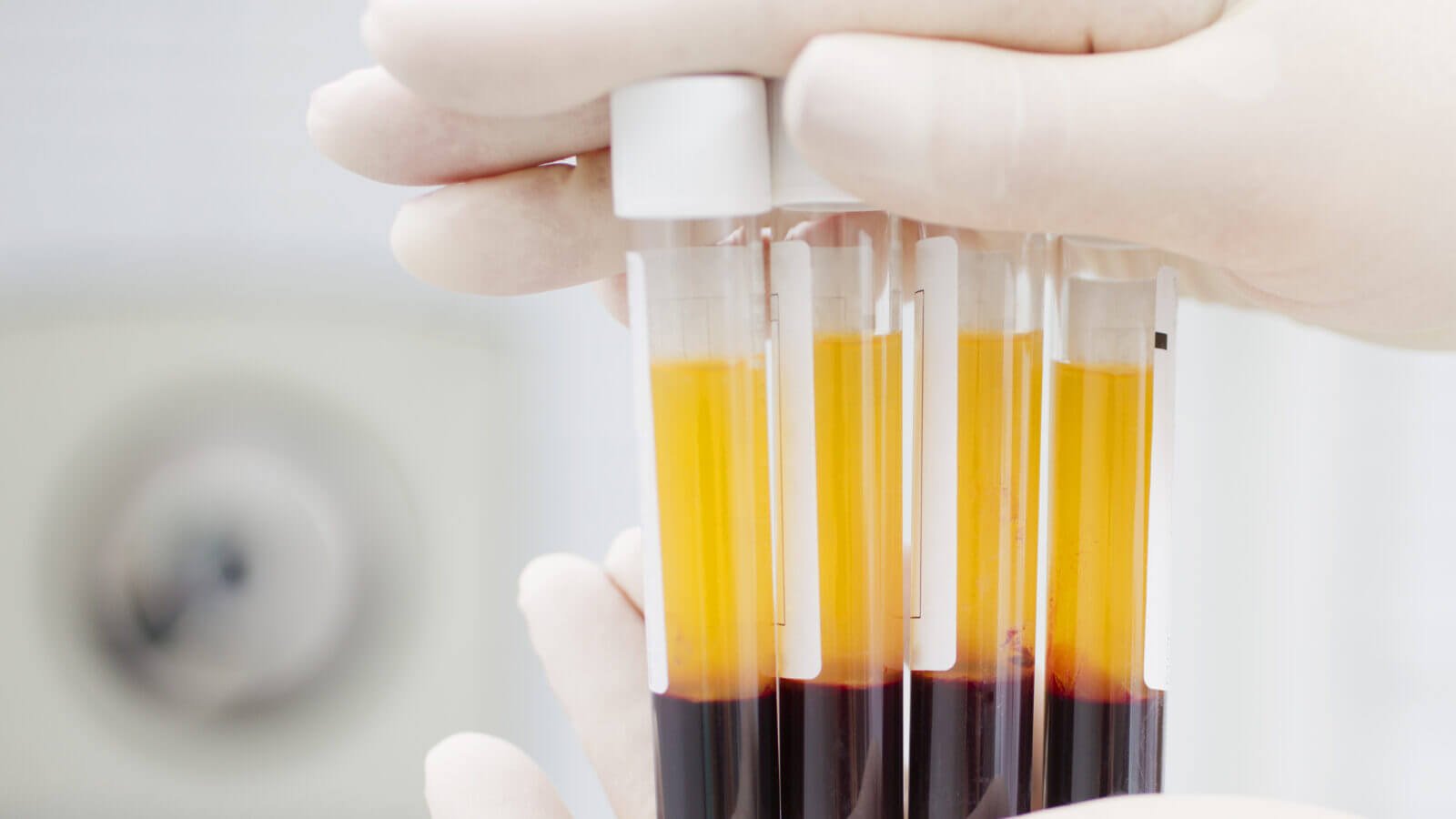
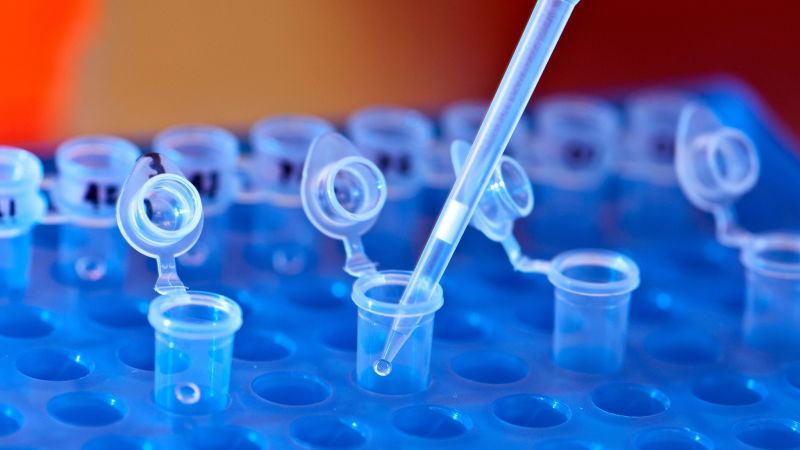
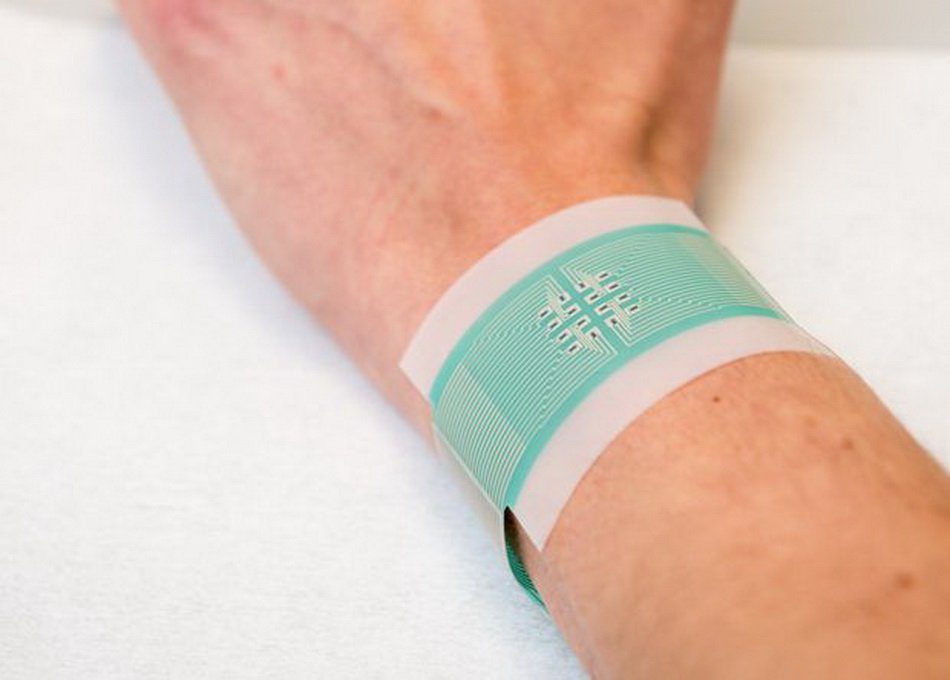
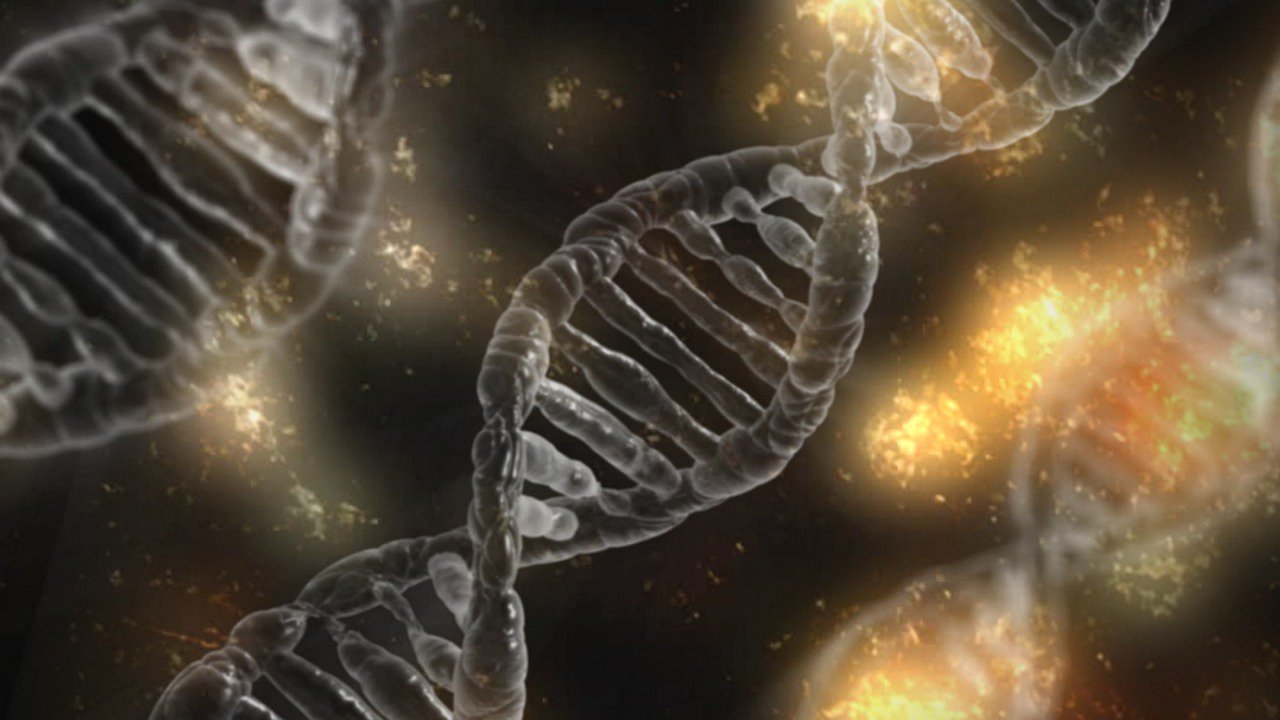
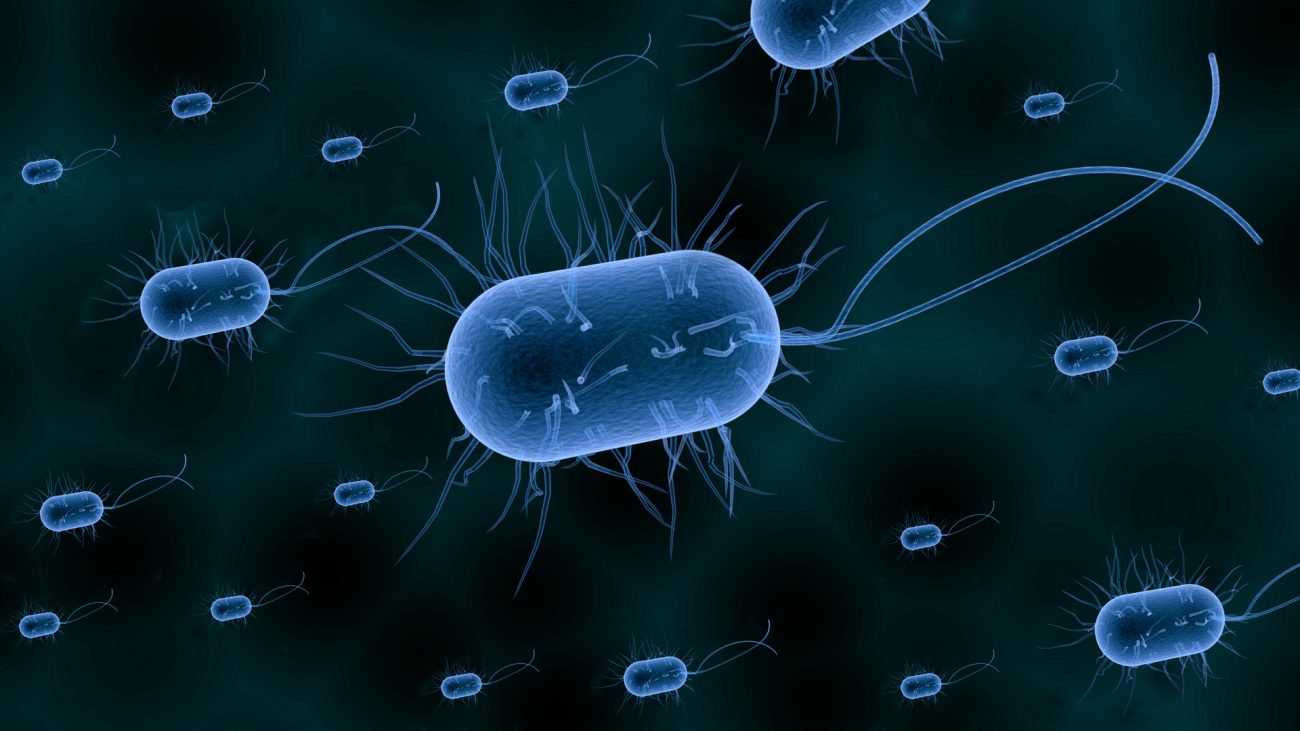
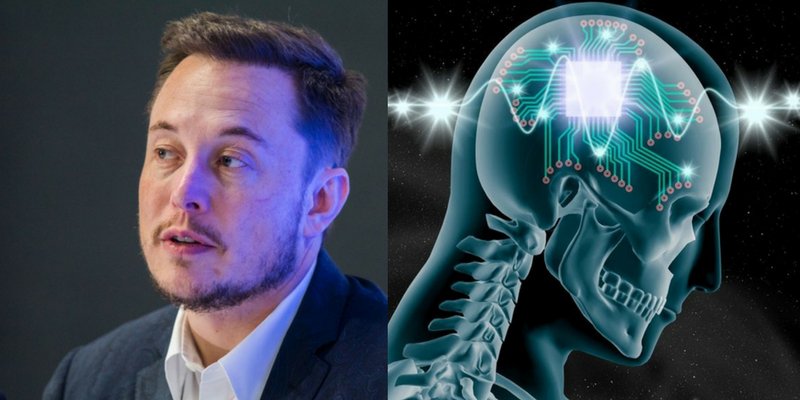
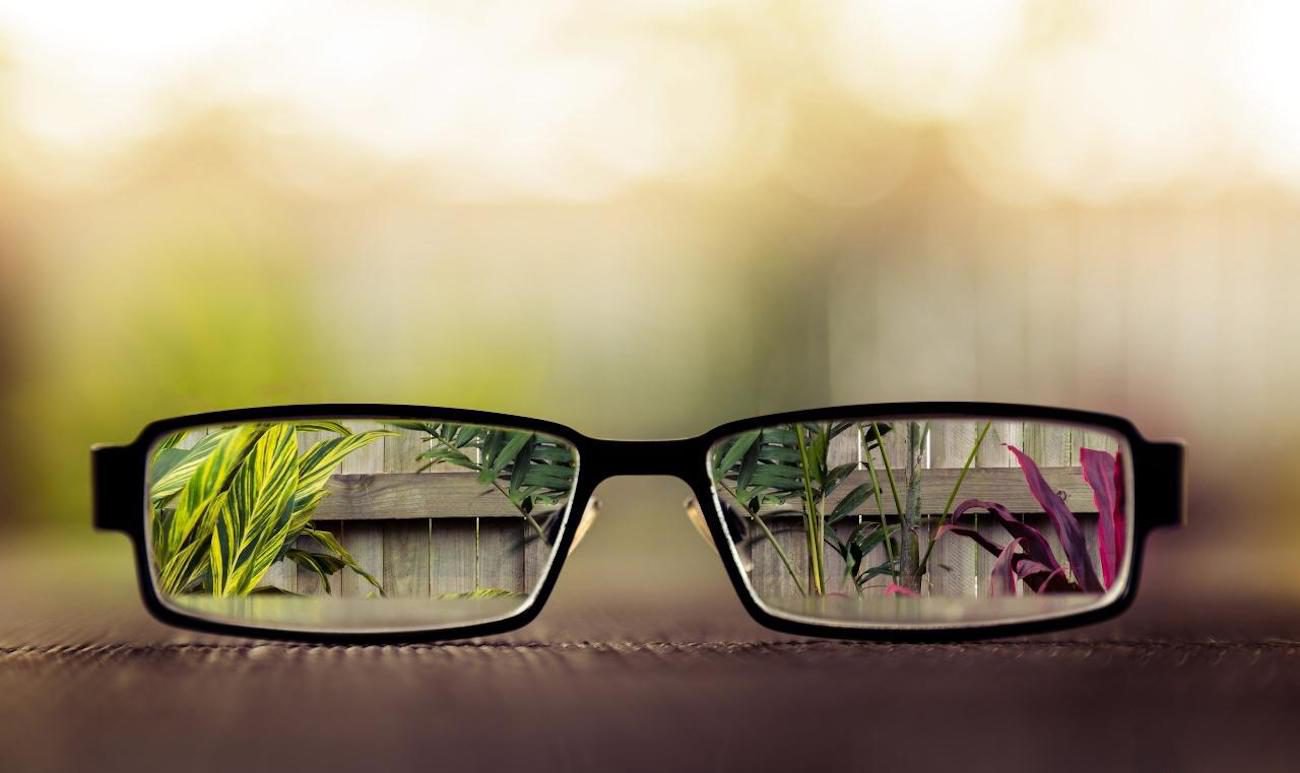
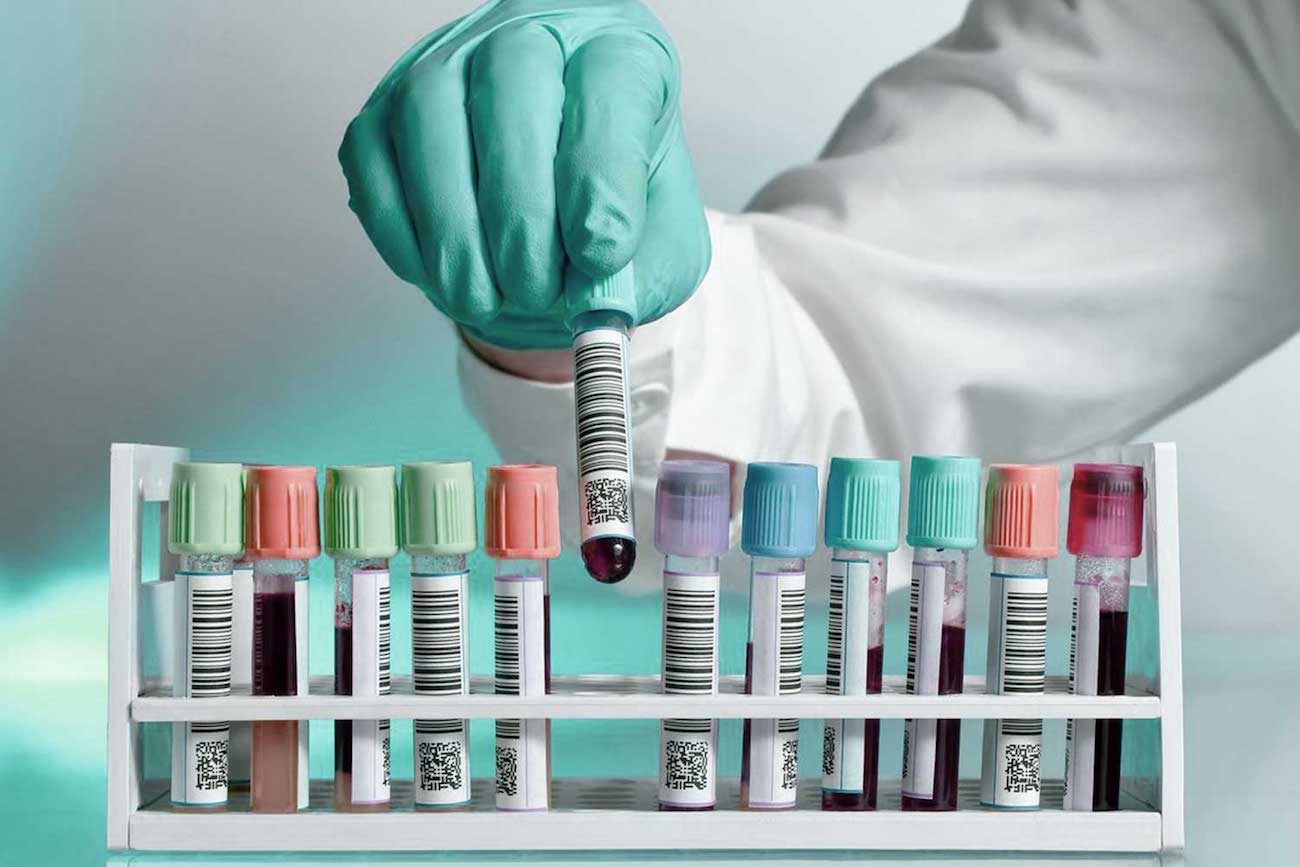
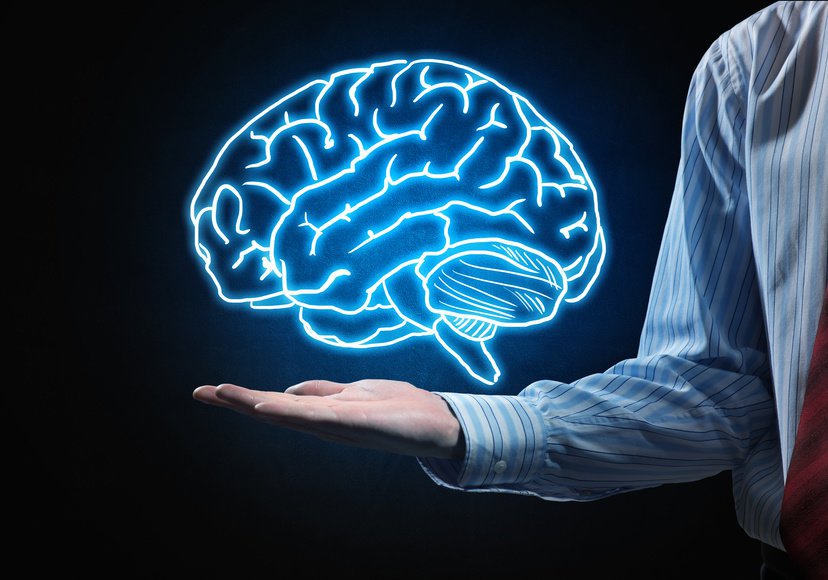
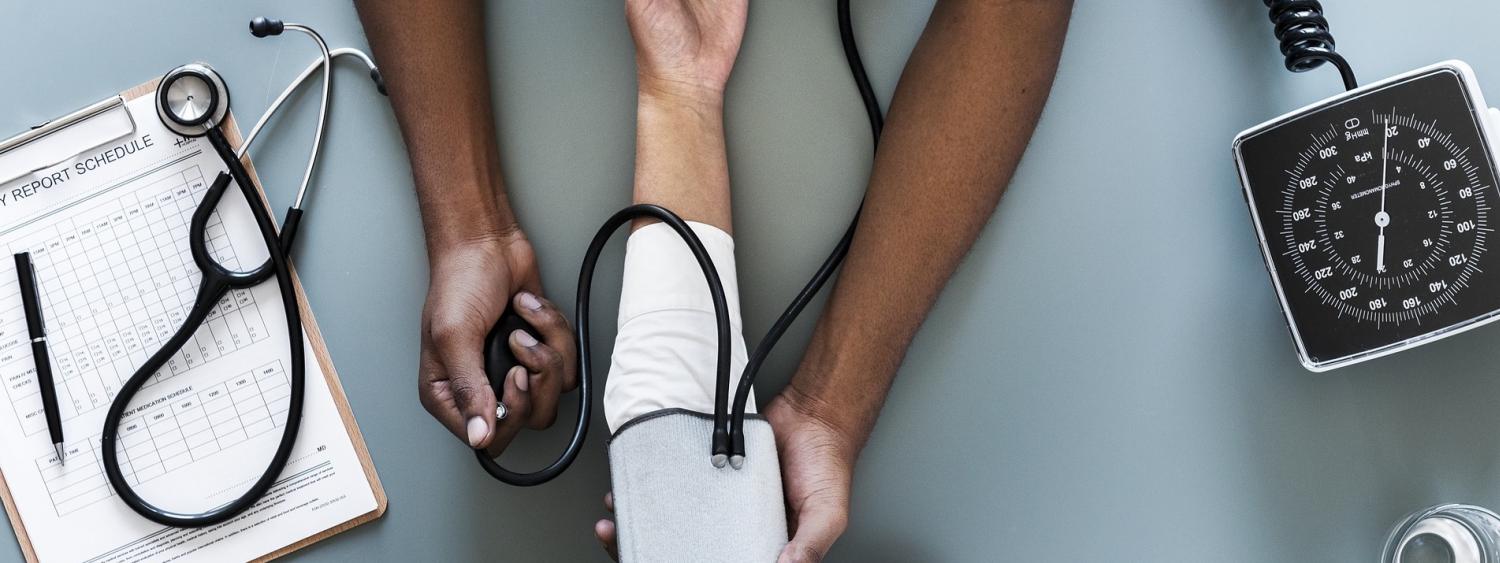
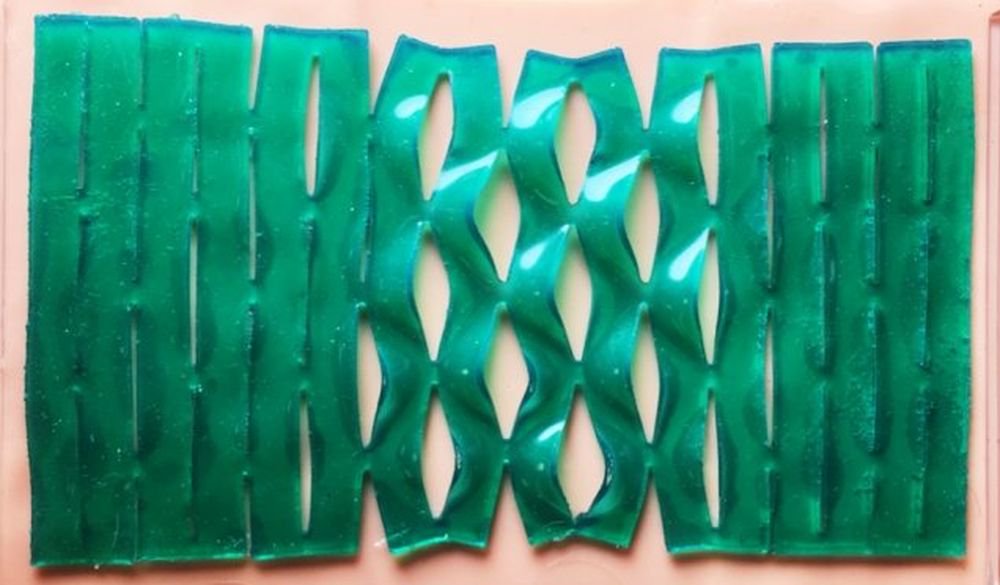
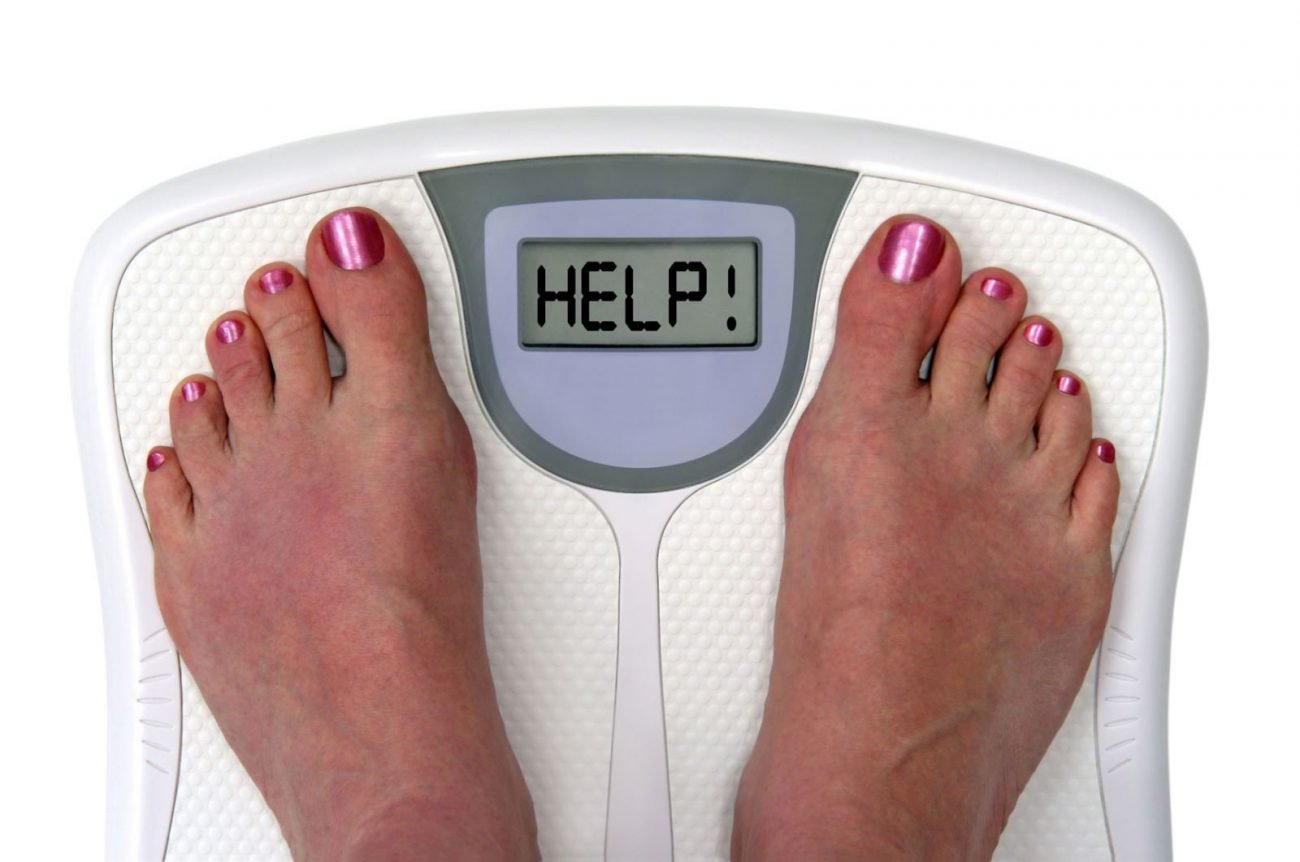
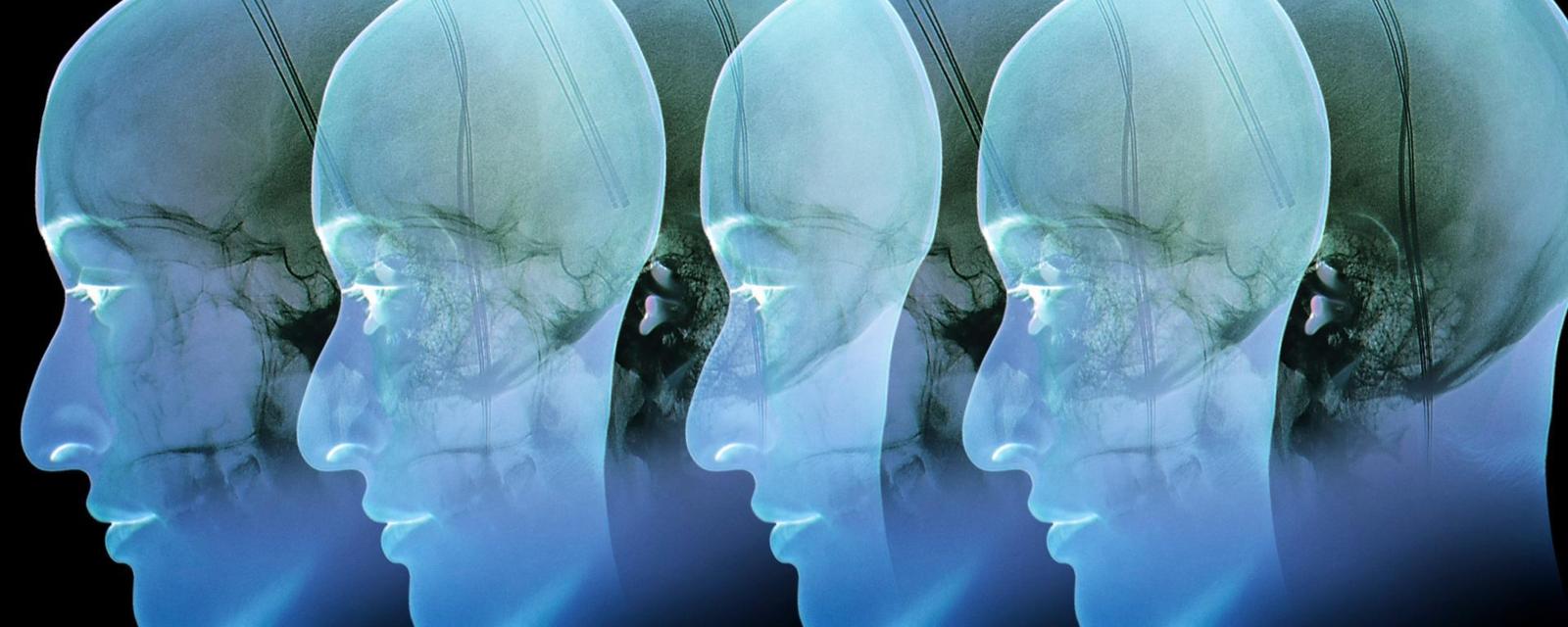
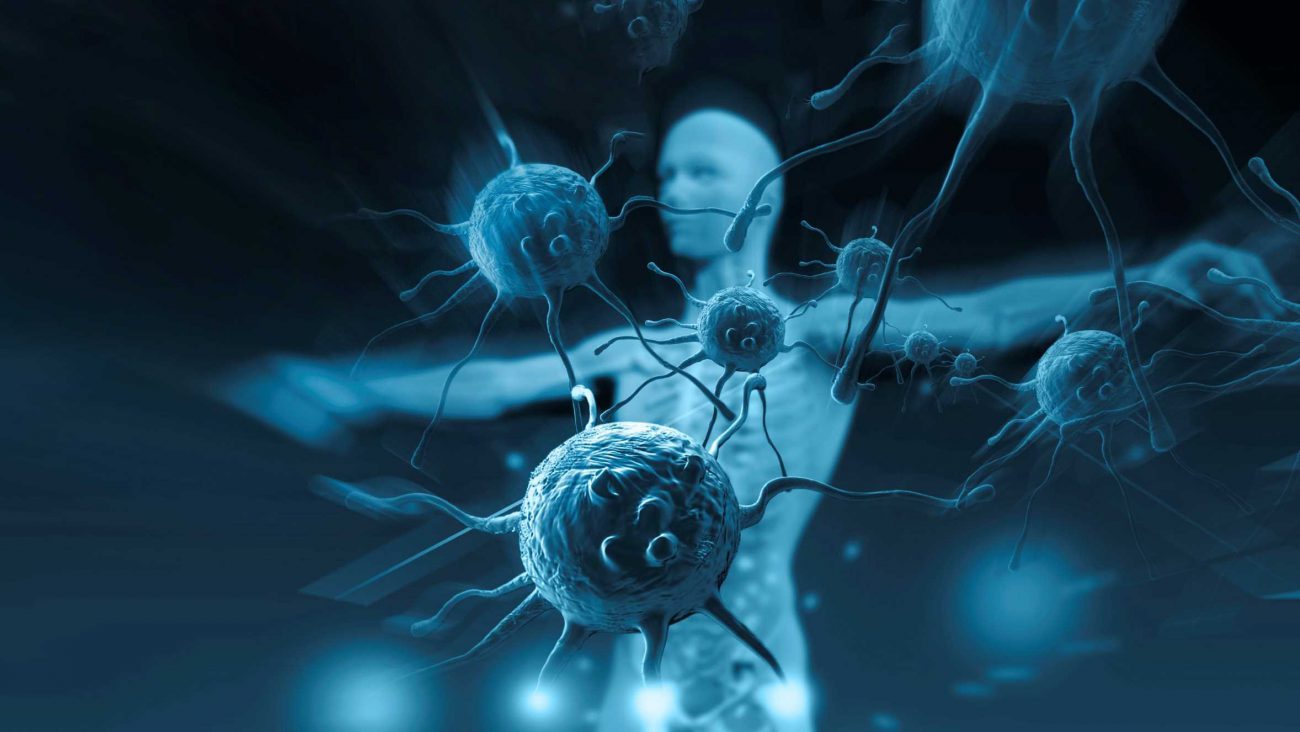
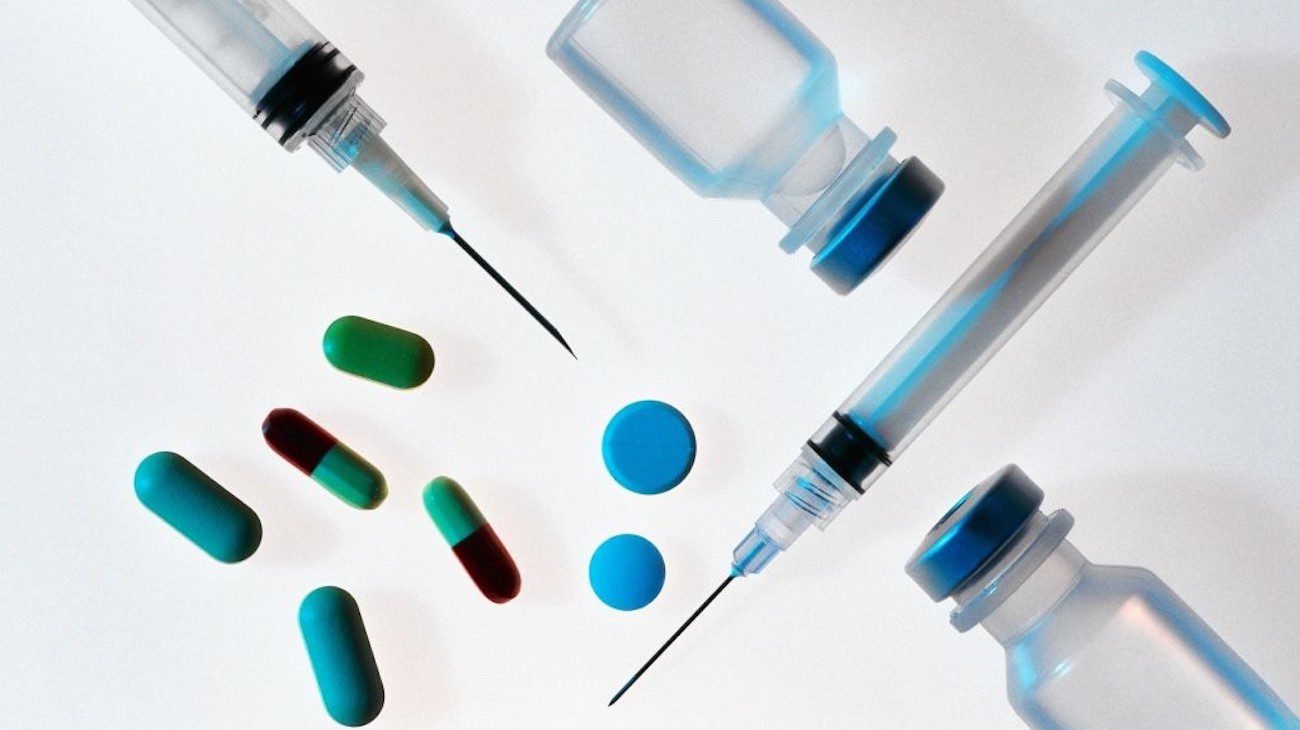


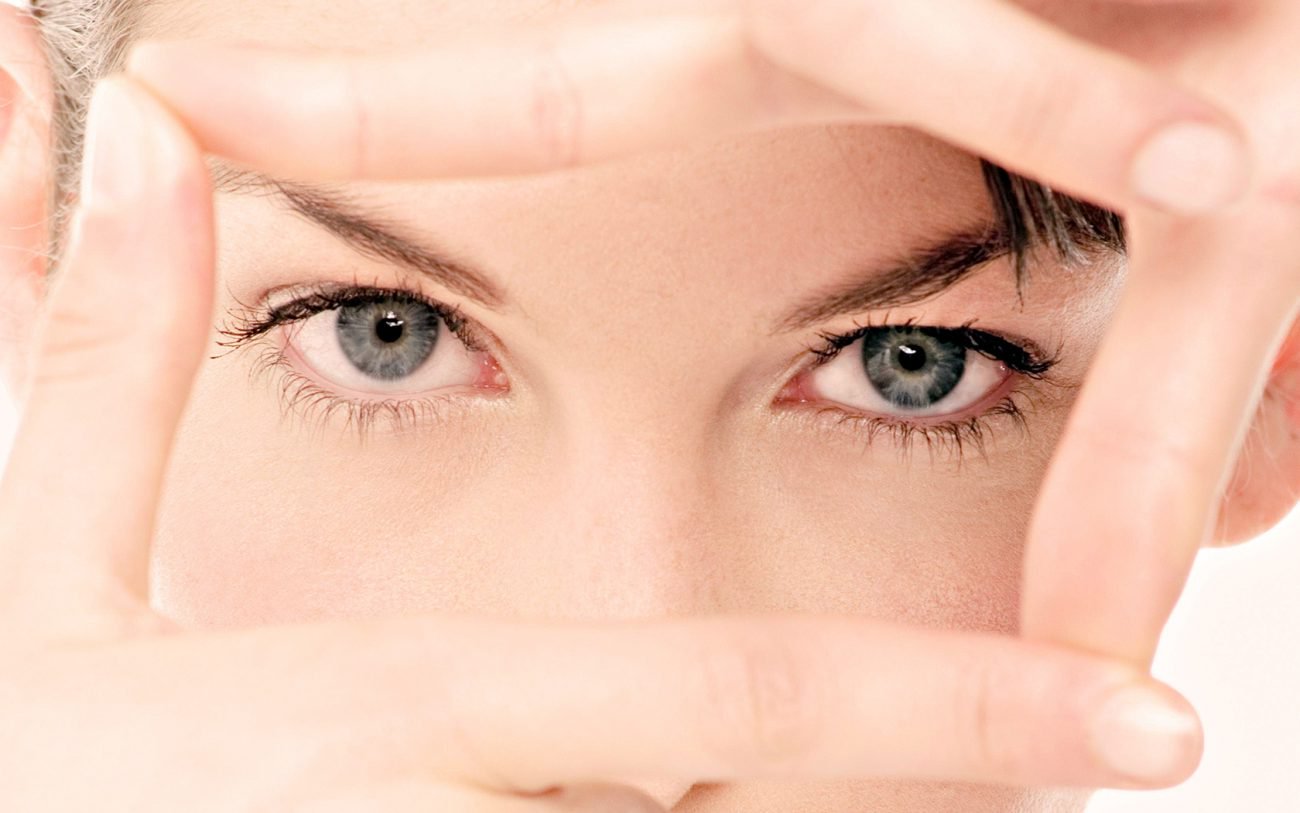
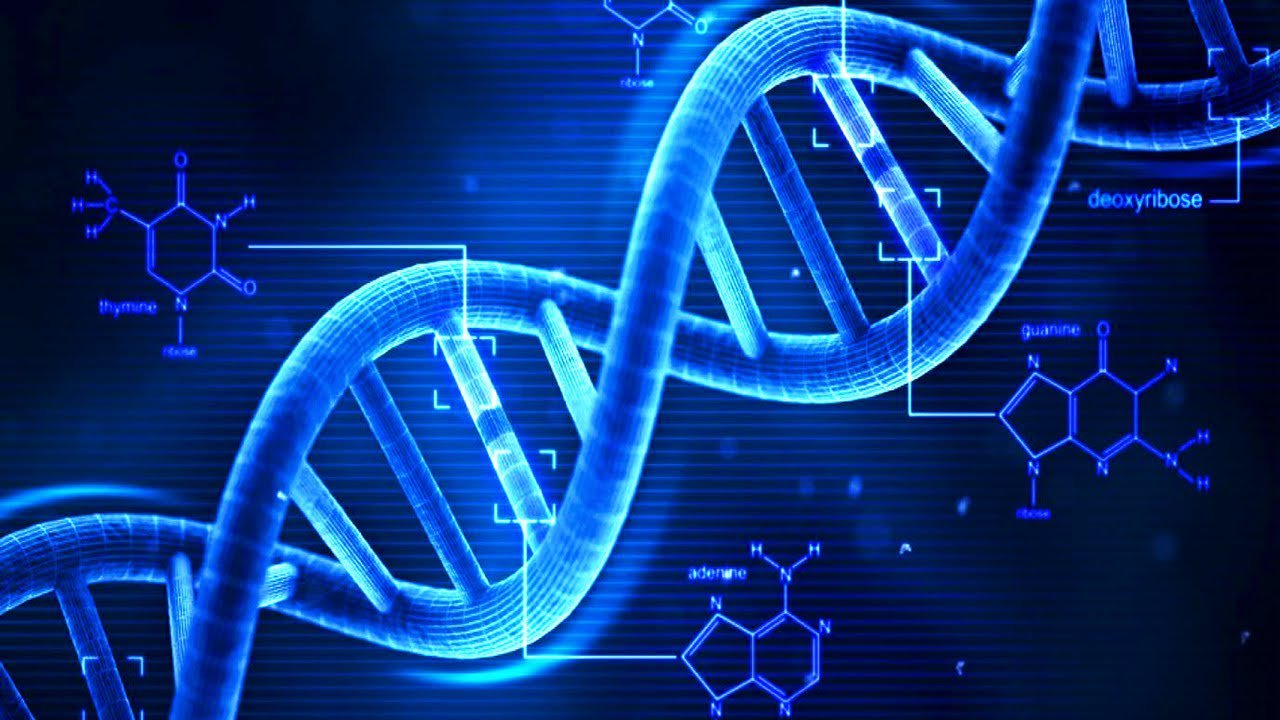
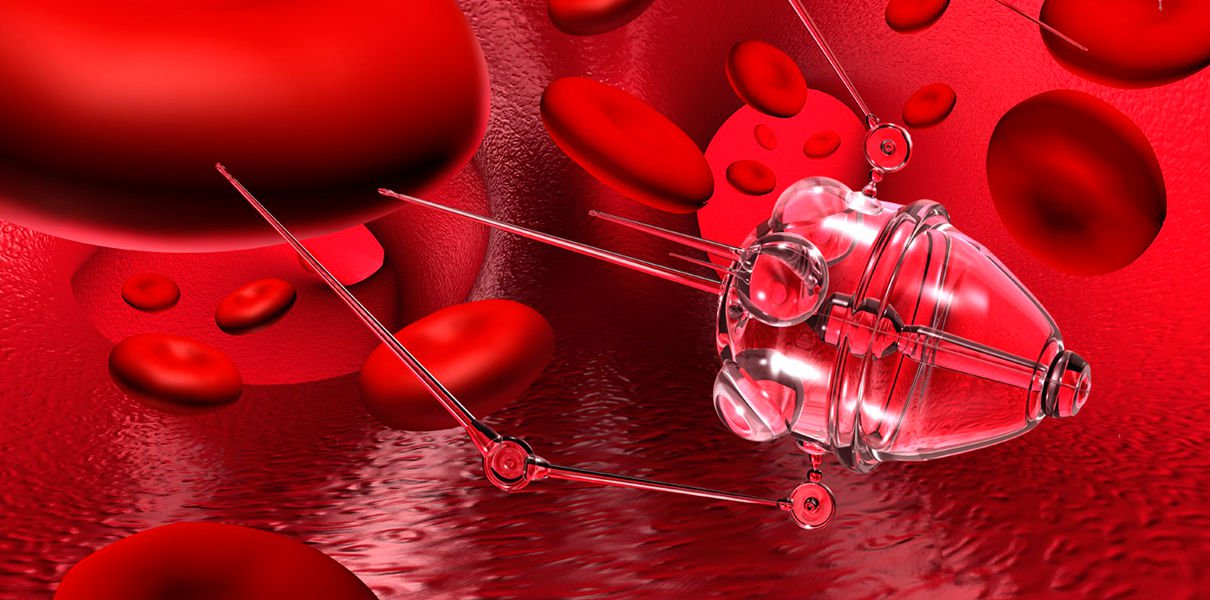
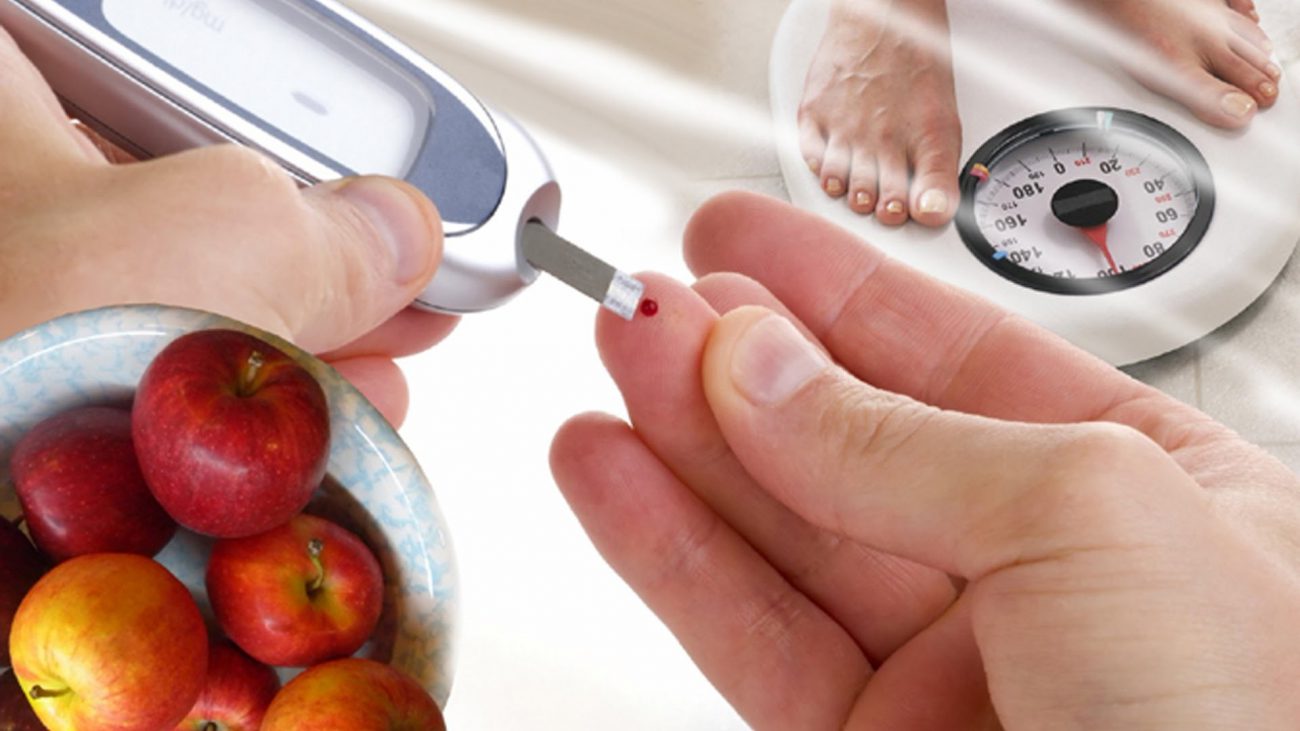
Comments (0)
This article has no comment, be the first!